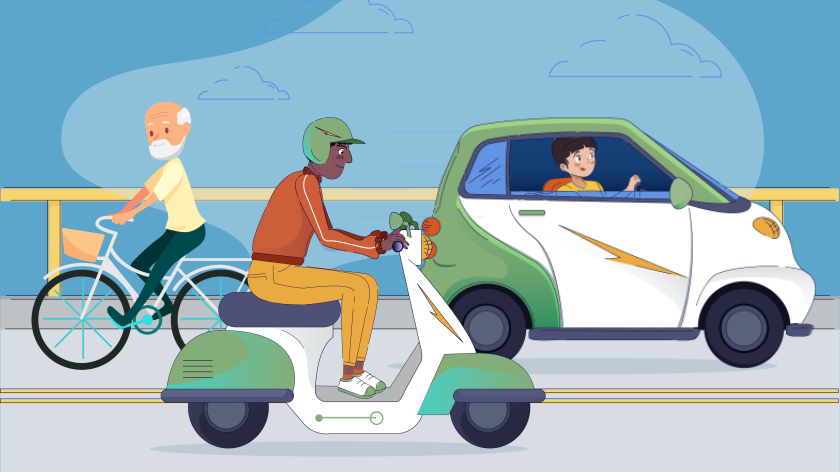World Inequality Report, 2022: A Hit or A Miss

This post has been authored by Anjan Kumar, Research Analyst Intern at Arthashastra Intelligence
The recently released World Inequality Report (WIR), 2022, shows a grim picture of the state of inequality in India. Is the picture shown fully true or does it exaggerate the problem, let’s find out now.
The WIR is an evidence base research made based on the drivers of inequality. The authors Lucas Chancel, Thomas Piketty, Emmanuel Saez and Gabriel Zucman have combined their understandings and the data sets (from world inequality database) with inclusion of 27 other author(s) works. The report states that the top 1% in India own 22% of total national income & 33% of India’s wealth, while the bottom 50% own 13.1% of total national income & 5.8% of India’s wealth. It also mentions the income gap between top 10% and bottom 50% in India being around 1:22. Comparing it with our peers China and Russia (1:14), it is a bit higher.
The report clearly states that every large region of the world except Europe showed a large income gap, i.e., share of bottom 50% owning less than 15% of total income & 2% of total wealth. On the other hand, richest 10% owned 40% of the total income & 76% of total wealth. Latin America, Sub Saharan Africa, Middle East North Africa (MENA) being the worst with the share of bottom 50% owning 10% of total income and richest 10% owning 60% of total income. The report mentions that between 1945-1980, the world has seen an increase in equality with a progressive tax structure and post 1980, they specifically blame Thatcher-Reagan Doctrine for the rise in inequality. The authors in a philosophical method explains the change in world economic thinking after the doctrine, how such thinking being the dominant cause for such rise, and how countries became richer, but governments became poorer. As a rational individual, our only question should be, did the increase in inequality during 1945-1980 happen in India? In the mid-1970’s, India had an average tax rate of 97% on an individual’s total income. The garibi hatao slogans and policies made rich individuals and entrepreneurs run from our country. The following years saw growth decline, inflation went up the roof to 25%(approx.) and India suffered a massive balance of payment crisis. Is that progressive? Even if India saw a rise in equality at such given period, that would have happened because of the low population base in middle-class and capitalist class. The base has incremented enormously after 1991 reforms. After economic reforms, India saw an increase in private wealth from 290% in 1980 to 590% in 2020. This made India a world player again. It’s good that public wealth is being used by entrepreneurs rather than governments. Governments are not poorer by compassion but by their will. Remember our prime minister’s words, “Minimum government and Maximum governance”. The report indirectly projects this intention as a success.
Inequality is a social, economic, and political problem. Due to the non-productive utilization of the population, growth may take a step back. Misplaced, unplanned, and bitter implementation of policies may help the curve of inequality to further rise. To reduce or eradicate inequality and poverty, governments should educate ordinary individuals on how money works. Moreover, it should also create an entrepreneurial environment for young individuals who step in and fulfill government needs in sectors like employment, poverty, etc. Furthermore, it should provide productive skill-based education to individuals, which in return would help entrepreneurs in optimum utilization of labor force employed. At last, my suggestion to governments all around the world is to eradicate poverty by making more people less poor but not by making more people less rich.
References
3. India Inflation Rate 1960-2021 | MacroTrends
4. Minimum government, maximum governance: PM Modi’s mantra to IAS probationers – The Hindu
